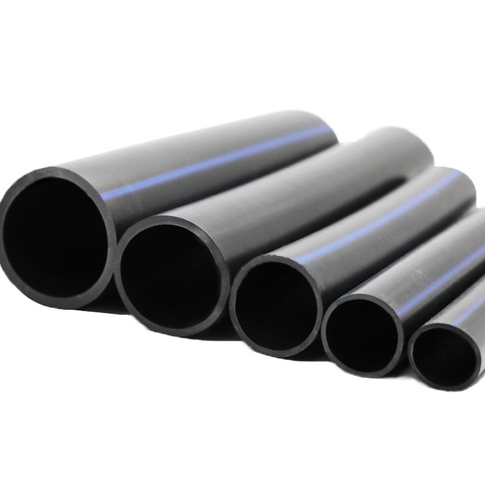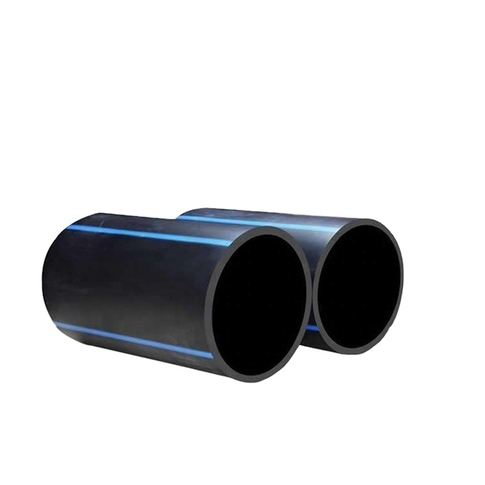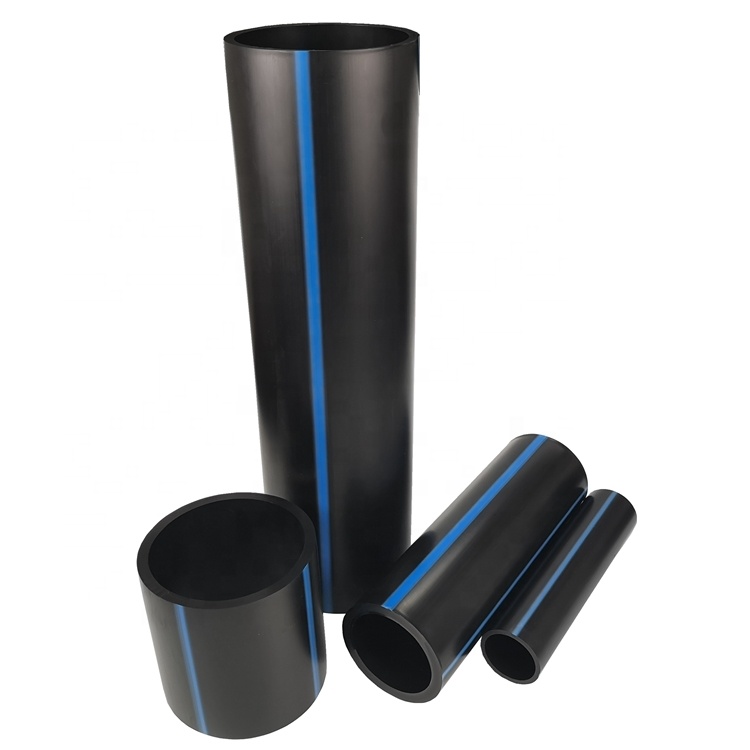02
Dec
Complete Guide to Maintenance and Repair of HDPE Pipes
High-density polyethylene (HDPE) pipes are integral to modern infrastructure, valued for their resilience and versatility in various applications. However, effective maintenance and repair are crucial for extending their lifespan and ensuring optimal performance. This guide delves into the typical challenges faced by HDPE pipes, alongside maintenance and repair strategies, presented in an easily digestible format.
Understanding Common Problems in HDPE Pipes
1. Cracking
- Causes: Ground movement, pressure changes, temperature variations.
- Impact: Compromises pipe integrity, leading to leaks.
2. Oxidation
- Causes: Sunlight exposure, chemical interaction.
- Impact: Weakens pipe material, causing brittleness.
3. Environmental Stress Cracking (ESC)
- Causes: Prolonged stress or strain, often with chemical exposure.
- Impact: Leads to cracks, reducing lifespan.
Maintenance Strategies for HDPE Pipes
- Regular Inspections:Early detection of wear, tear, or damage.Visual inspections for signs like cracking, discoloration, or warping.
- Chemical Exposure Management:Prevent oxidation and material degradation.Limit exposure to harsh chemicals.
- Stress Management:Mitigate environmental stressors.Use supports to minimize ground movement impact.
When it comes to repairing HDPE pipes, the process involves a series of methodical steps to ensure the longevity and functionality of the pipe post-repair. Initially, it’s crucial to accurately identify the nature of the damage. This could be in the form of visible cracks, discoloration, or signs of leakage. Once the problem is pinpointed, the next step is selecting the most suitable repair method. There are several options available, including pipe fusion, slip lining, and pipe bursting. The choice of method largely depends on the type and severity of the damage. Finally, implementing the repair is a critical phase. It’s essential to execute the chosen method correctly and meticulously to prevent future complications and ensure the repair’s effectiveness. By following these steps, damaged HDPE pipes can be restored to their optimal condition, thereby extending their service life and maintaining their performance.
Regular maintenance and timely repairs are vital in managing HDPE pipe systems. These practices not only prolong the pipes’ lifespan but also prevent costly overhauls. For comprehensive details, the Plastic Pipe Institute’s Handbook on HDPE pipe systems is an excellent resource.






